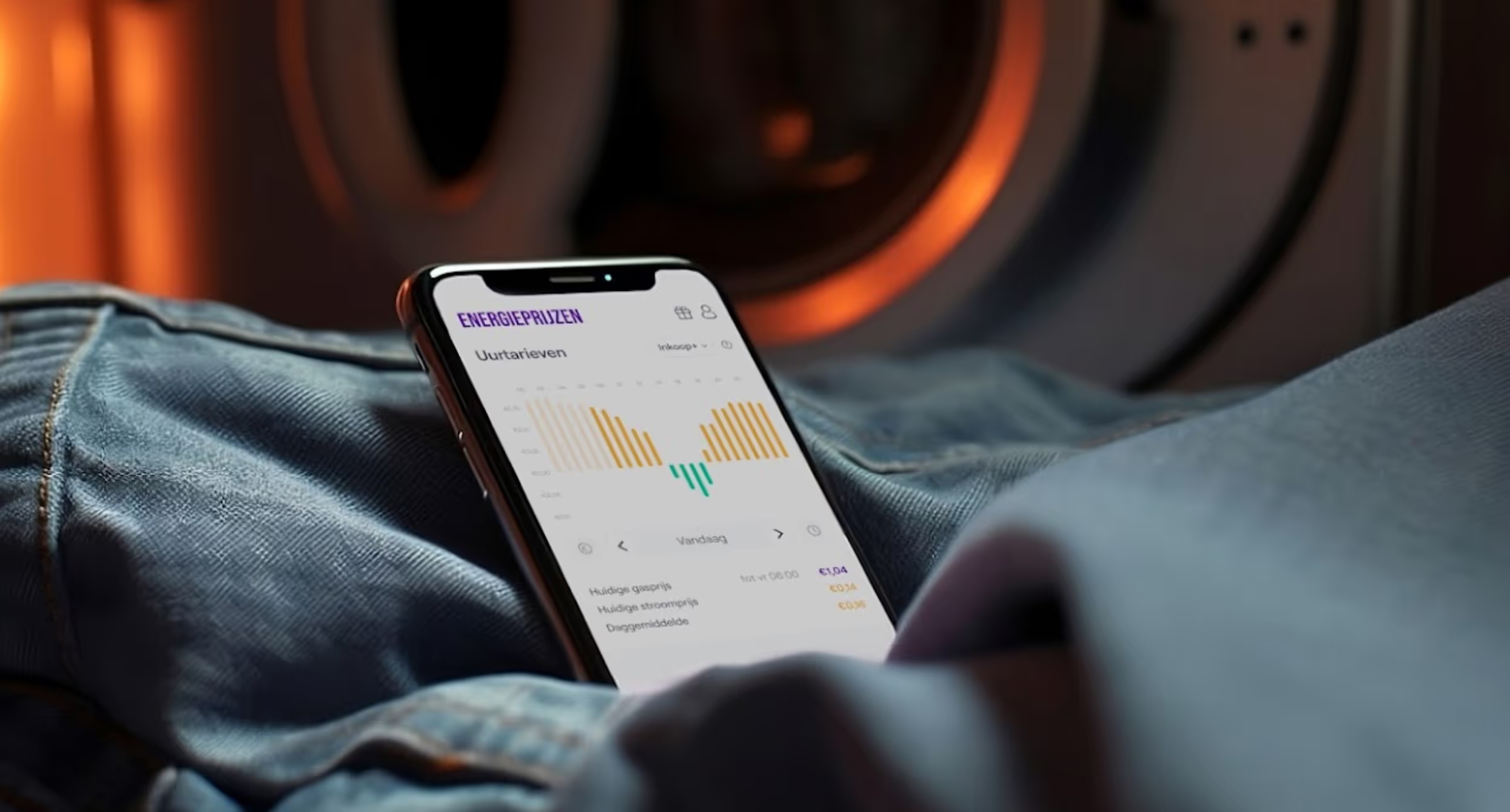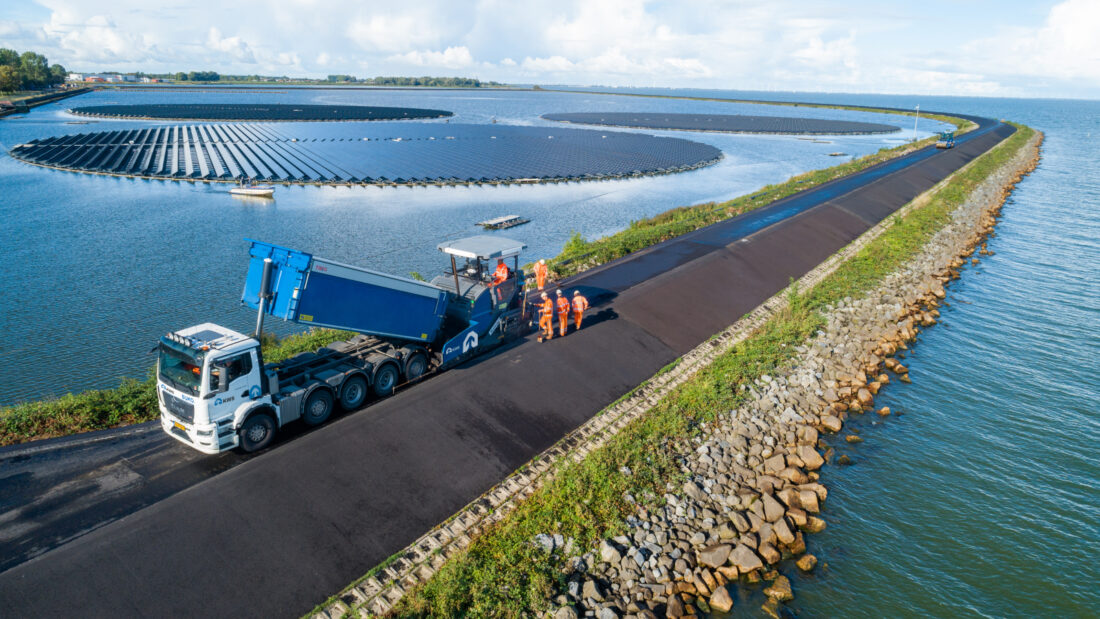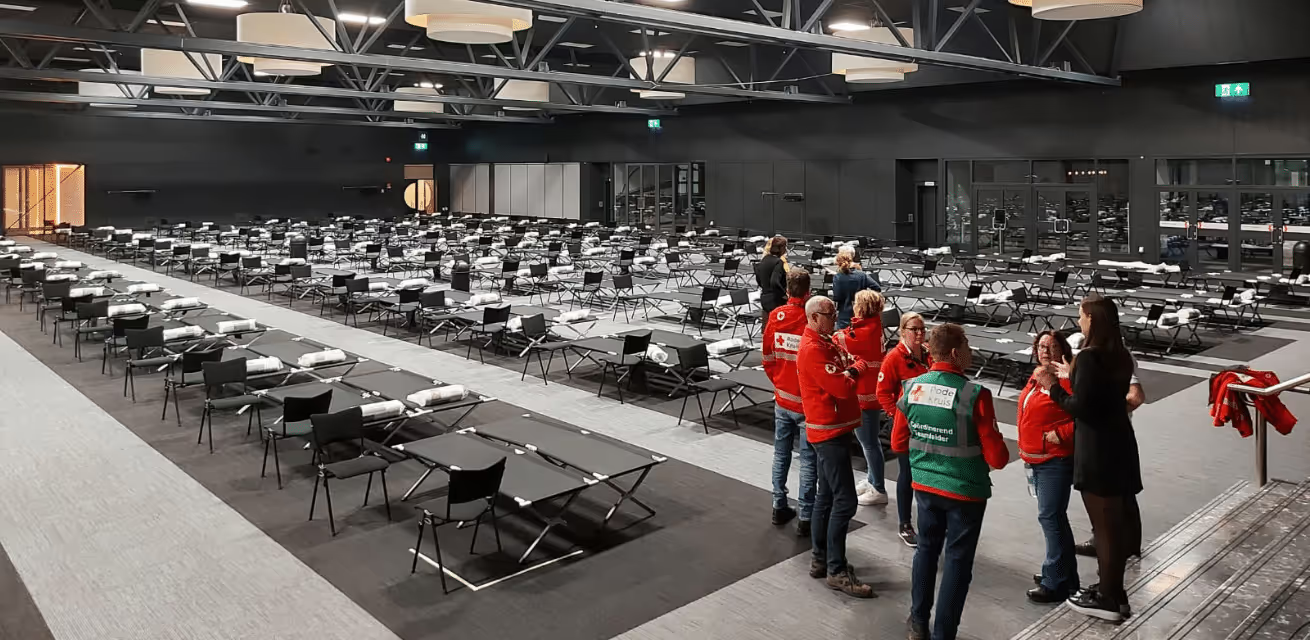NextEnergy goes from gut feeling to data-driven steering
We hebben een schaalbaar data lake in Azure Synapse gerealiseerd, waarin alle relevante data wordt samengebracht voor datagedreven besluitvorming via rapportages.
Next Energy is a scale-up energy technology company and offers dynamic energy prices for their customers. These are prices that can vary by day or even by hour. By using energy at the right times, customers can save a lot of money. With this market model, they have grown rapidly in the short time that the organization has existed. It is a digital (cloud-based) organization for which Quatronic laid the foundation with the development of the complete customer registration portal, back office and mobile customer app. All in OutSystems' low-code software in just six months. After that, the software was transferred to NextEnergy so that they can expand the applications themselves. In addition, NextEnergy uses Microsoft applications such as Dynamics and Azure.
NextEnergy

Service
Solution
Sector
%20_12.jpg)

Fragmented data sources
Data was being extracted ad hoc from multiple systems, leading to inconsistencies in definitions and metadata.
Lack of historical insight
Without a structured data model, it was impossible to track trends or analyze changes over time.
Manual reporting
Excel was used to combine and refresh reports — pragmatic but inefficient for large datasets.
Need for data reliability
As the organization grew, reliable and consistent data became increasingly critical for strategic decision-making.
%20_12.jpg)
Quatronic implemented a scalable data lake in Azure Synapse, centralizing all relevant data. The analytical environment was separated from the operational one to ensure stability. The platform also supports self-service analytics, allowing employees to create reports independently.
The data lake was built following the medallion architecture:
- Bronze: raw data from source systems.
- Silver: structured data with historical perspective.
- Gold: combined, cleaned data ready for analysis.
Excel reports that were previously updated manually are now directly connected to the gold layer and automatically refreshed with the latest data. All reports now originate from a single, central source — providing consistent and reliable insights across the organization.
Read more details in this blog.
In our weekly management update, I can now retrieve the most up-to-date information at the touch of a button. That alone saves so much time.









.avif)



.avif)















